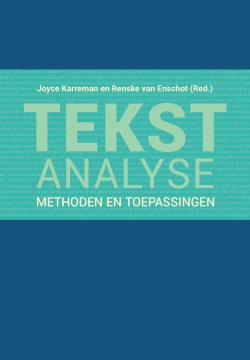
In dit hoofdstuk leer je wat argumentatieanalyse inhoudt en wat het doel ervan is: een methode waarmee je stap voor stap kunt bepalen of de argumentatie in een betoog aanvaardbaar is; wat de theoretische achtergronden zijn van de argumentatieanalyse: de klassieke disciplines logica, dialectica en retorica; hoe je de argumentatie in een betoog analyseert, waarbij je begint met het herkennen van standpunten en argumenten en vervolgens de argumentatiestructuur van de gehele tekst in kaart brengt; hoe je van elke individuele argumentatie in de tekst het type kunt identificeren; hoe je de aanvaardbaarheid, relevantie en toereikendheid van de individuele argumenten kunt vaststellen door de bij het argumentatietype behorende kritische vragen te stellen; hoe je de evaluatie van de afzonderlijke argumenten kunt gebruiken om te bepalen of je het hoofdstandpunt aanvaardt en welke zwakke plekken er in het betoog zitten.
Hornikx, J., & Wagemans, J. (2023). Argumentatieanalyse. In Karreman, J., & Enschot, R. van (Red.). Tekstanalyse: Methoden en toepassingen (pp. 151-214). Assen: Van Gorcum. [link]

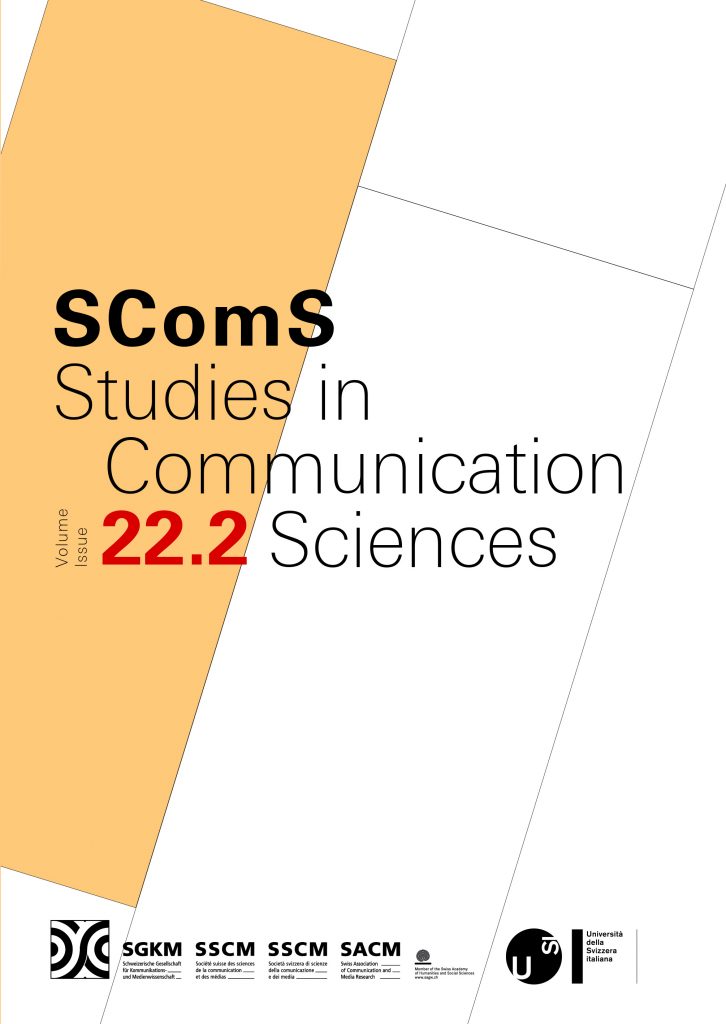
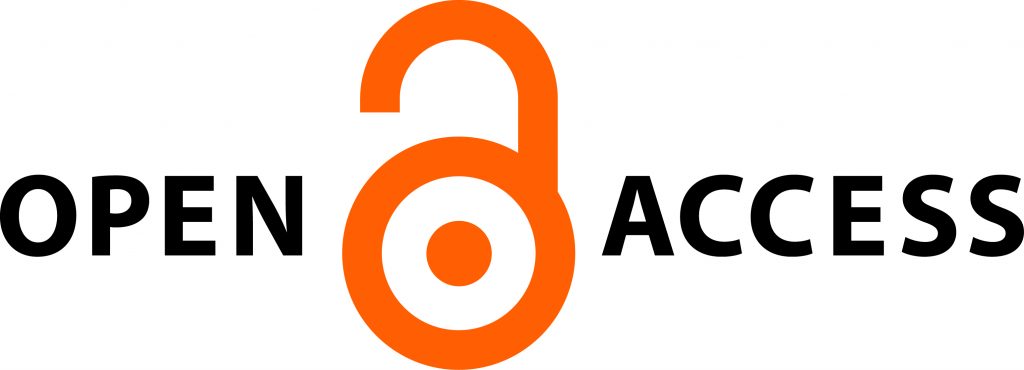

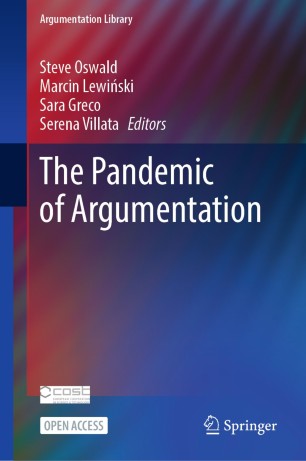
 The persuasiveness of anecdotal evidence and statistical evidence has been investigated in a large number of studies, but the combination of anecdotal and statistical evidence has hardly received research attention. The present experimental study therefore investigated the persuasiveness of this combination. It also examined whether the quality of anecdotal evidence affects persuasiveness, and to what extent people comprehend the combination of anecdotal and statistical evidence. In an experiment, people read a realistic persuasive message that was relevant to them. Results showed that anecdotal evidence does not benefit from the inclusion of statistical evidence, nor from its intrinsic quality. The analysis of readers’ cognitive thoughts showed that only a minority of participants comprehended the relationship between anecdotal and statistical evidence.
The persuasiveness of anecdotal evidence and statistical evidence has been investigated in a large number of studies, but the combination of anecdotal and statistical evidence has hardly received research attention. The present experimental study therefore investigated the persuasiveness of this combination. It also examined whether the quality of anecdotal evidence affects persuasiveness, and to what extent people comprehend the combination of anecdotal and statistical evidence. In an experiment, people read a realistic persuasive message that was relevant to them. Results showed that anecdotal evidence does not benefit from the inclusion of statistical evidence, nor from its intrinsic quality. The analysis of readers’ cognitive thoughts showed that only a minority of participants comprehended the relationship between anecdotal and statistical evidence. The process of arbitration requires human reasoning and decision-making. Parties evaluate the evidence that is available to them and decide how to best present their case. Arbitrators aim to resolve a dispute by weighing the evidence and the legal arguments that are presented by each side. Researchers have underlined the importance of strong evidence in legal deliberations, but what exactly characterizes strong arguments? This chapter addresses this question as a first point. The characteristics of arbitrators, such as age, gender, and cultural background, may affect how arbitrators process arguments. Yet given the aim of arbitration to be an objective and neutral process, it is important to consider how such characteristics may impact the ultimate outcome of a case. This chapter examines the last of these characteristics, namely the role of culture in this decision-making process. More precisely, this chapter reviews the research evidence on how members of different cultures evaluate strong and weak arguments.
The process of arbitration requires human reasoning and decision-making. Parties evaluate the evidence that is available to them and decide how to best present their case. Arbitrators aim to resolve a dispute by weighing the evidence and the legal arguments that are presented by each side. Researchers have underlined the importance of strong evidence in legal deliberations, but what exactly characterizes strong arguments? This chapter addresses this question as a first point. The characteristics of arbitrators, such as age, gender, and cultural background, may affect how arbitrators process arguments. Yet given the aim of arbitration to be an objective and neutral process, it is important to consider how such characteristics may impact the ultimate outcome of a case. This chapter examines the last of these characteristics, namely the role of culture in this decision-making process. More precisely, this chapter reviews the research evidence on how members of different cultures evaluate strong and weak arguments. Studies on persuasive arguments have generally found that claims supported by high-quality evidence are better accepted than claims supported by low-quality evidence. However, an experiment by Hoeken and Hustinx (2007) demonstrated that this effect was only observed in short texts (a claim with evidence), but not in longer texts (where information unrelated to the evidence was added at the end of the text). The present experiment was conducted to examine whether this effect of text length could be explained by distraction (the additional text at the end distracts the reader) or by dilution (the additional text makes the fragment less diagnostic for claim evaluation). Participants (N = 629) read two texts with a claim supported by high-quality or low-quality (anecdotal, statistical, or expert) evidence. The text was presented in one of the three versions: (1) short, (2) long with additional information at the end, or (3) new in comparison to Hoeken and Hustinx (2007) – long with additional information at the start. The data found support for the distraction explanation. An effect of evidence quality on claim acceptance was observed in two conditions: in the short text, and in the longer text with additional information at the start. The effect of evidence quality was not found in the longer text with additional information at the end.
Studies on persuasive arguments have generally found that claims supported by high-quality evidence are better accepted than claims supported by low-quality evidence. However, an experiment by Hoeken and Hustinx (2007) demonstrated that this effect was only observed in short texts (a claim with evidence), but not in longer texts (where information unrelated to the evidence was added at the end of the text). The present experiment was conducted to examine whether this effect of text length could be explained by distraction (the additional text at the end distracts the reader) or by dilution (the additional text makes the fragment less diagnostic for claim evaluation). Participants (N = 629) read two texts with a claim supported by high-quality or low-quality (anecdotal, statistical, or expert) evidence. The text was presented in one of the three versions: (1) short, (2) long with additional information at the end, or (3) new in comparison to Hoeken and Hustinx (2007) – long with additional information at the start. The data found support for the distraction explanation. An effect of evidence quality on claim acceptance was observed in two conditions: in the short text, and in the longer text with additional information at the start. The effect of evidence quality was not found in the longer text with additional information at the end.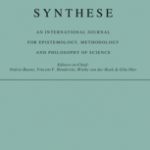 In this paper, it is argued that the most fruitful approach to developing normative models of argument quality is one that combines the argumentation scheme approach with Bayesian argumentation. Three sample argumentation schemes from the literature are discussed: the argument from sign, the argument from expert opinion, and the appeal to popular opinion. Limitations of the scheme-based treatment of these argument forms are identified and it is shown how a Bayesian perspective may help to overcome these. At the same time, the contributions of the standard scheme-based approach are highlighted, and it is argued that only a combination of the insights of different traditions will yield a complete normative theory of argument quality.
In this paper, it is argued that the most fruitful approach to developing normative models of argument quality is one that combines the argumentation scheme approach with Bayesian argumentation. Three sample argumentation schemes from the literature are discussed: the argument from sign, the argument from expert opinion, and the appeal to popular opinion. Limitations of the scheme-based treatment of these argument forms are identified and it is shown how a Bayesian perspective may help to overcome these. At the same time, the contributions of the standard scheme-based approach are highlighted, and it is argued that only a combination of the insights of different traditions will yield a complete normative theory of argument quality. Over het algemeen raken mensen meer overtuigd door sterke dan door zwakke argumenten. In de empirische literatuur bestaan er echter inconsistente bevindingen voor het effect van argumentkwaliteit. In dit paper wordt onderzocht of de manipulatie van argumentkwaliteit een verklaring kan bieden voor deze tegenstrijdige bevindingen. Een analyse van dergelijke manipulaties in 32 uitgevoerde empirische onderzoeken leidt tot twee belangrijke inzichten. Ten eerste manipuleren onderzoekers voornamelijk pragmatische argumentatie, waarbij het standpunt over de wenselijkheid van de aanschaf van een product wordt ondersteund door te verwijzen naar de wenselijke gevolgen van het gebruik van dat product. Ten tweede blijkt de wijze van manipulatie sterk uiteen te lopen: bij de zwakke argumenten wordt soms naar minder wenselijke gevolgen verwezen, in andere gevallen naar neutrale gevolgen (waardoor er eigenlijk geen sprake is van een argument), en soms zelfs naar onwenselijke gevolgen (waardoor er geen sprake is van een zwak pro-argument maar van een tegenargument). Deze verschillende manieren waarop argumentkwaliteit in de 32 onderzochte studies gemanipuleerd werd, zouden een verklaring kunnen bieden voor de soms tegenstrijdige bevindingen in onderzoek naar argumentkwaliteit.
Over het algemeen raken mensen meer overtuigd door sterke dan door zwakke argumenten. In de empirische literatuur bestaan er echter inconsistente bevindingen voor het effect van argumentkwaliteit. In dit paper wordt onderzocht of de manipulatie van argumentkwaliteit een verklaring kan bieden voor deze tegenstrijdige bevindingen. Een analyse van dergelijke manipulaties in 32 uitgevoerde empirische onderzoeken leidt tot twee belangrijke inzichten. Ten eerste manipuleren onderzoekers voornamelijk pragmatische argumentatie, waarbij het standpunt over de wenselijkheid van de aanschaf van een product wordt ondersteund door te verwijzen naar de wenselijke gevolgen van het gebruik van dat product. Ten tweede blijkt de wijze van manipulatie sterk uiteen te lopen: bij de zwakke argumenten wordt soms naar minder wenselijke gevolgen verwezen, in andere gevallen naar neutrale gevolgen (waardoor er eigenlijk geen sprake is van een argument), en soms zelfs naar onwenselijke gevolgen (waardoor er geen sprake is van een zwak pro-argument maar van een tegenargument). Deze verschillende manieren waarop argumentkwaliteit in de 32 onderzochte studies gemanipuleerd werd, zouden een verklaring kunnen bieden voor de soms tegenstrijdige bevindingen in onderzoek naar argumentkwaliteit.